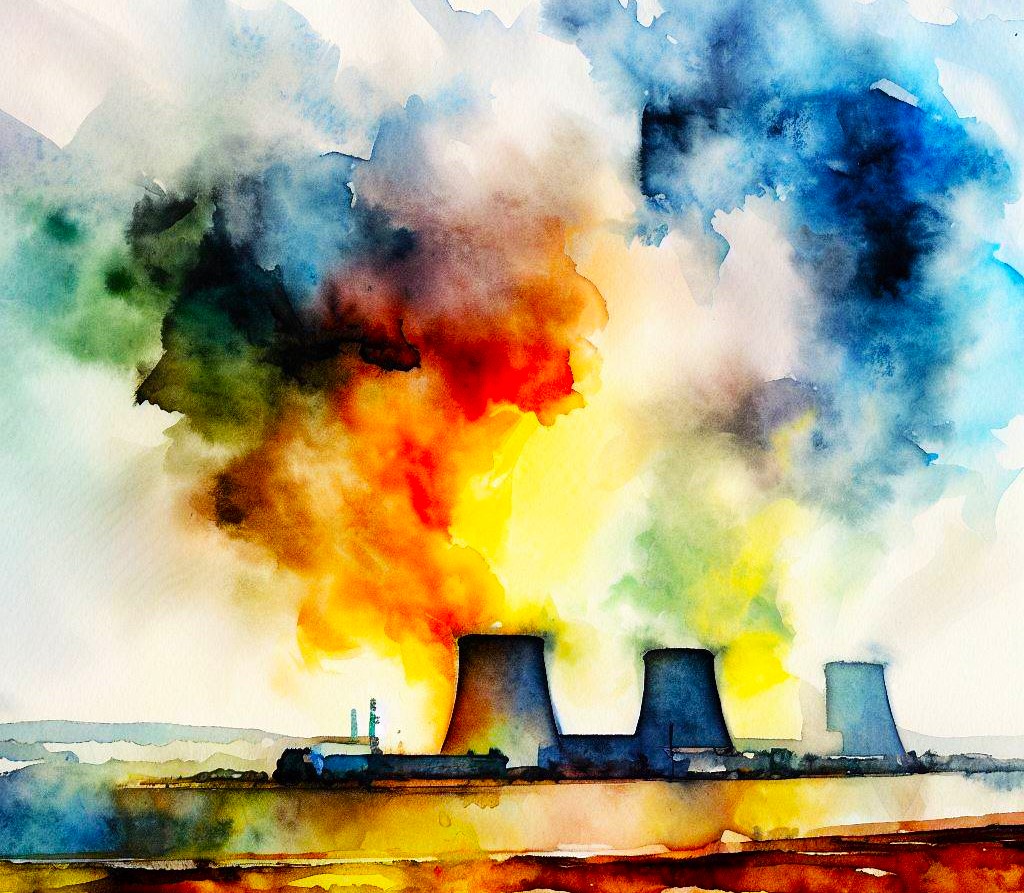
‘I think we may have taken this ‘simplifying’ life thing a bit too far!’ ‘What do you think?’


The chief executive of JP Morgan Chase told investors recently that he was concerned about the risks to the economy from rising geo-political tensions. He said wars in Ukraine and Israel could hit energy and food prices, and global trade.
Thousands have been killed in Israel and Gaza after an unprecedented attack by Palestinian militant group Hamas. Mr Dimon, who leads America’s biggest bank, was speaking as the firm revealed its latest quarterly results.
The bank reported $13 billion (£10.7 billion) in profit over the three months to September 2023, up 35% from the same period in 2022.
Dimon said the bank had benefited from U.S. households and business in healthy financial shape but warned that he remained cautious about the state of the global economy, given the many risks emerging. What about the effect of interest rate increases on profits the bank has benefitted from too?
‘My caution is that we are facing so many uncertainties out there,‘ he reportedly said. So helpful Mr. Dimon. He told investors they should be prepared to face higher interest rates, persistent inflation, as well as fallout from the violent conflicts.
I wouldn’t necessarily call his comments very intuitive – interest, inflation and conflict is there for all to see.
Shame he didn’t use his super magical powers of detection to get ahead of the inflation problem earlier.
The company claims that it is already powered by 100% renewable energy across its global operations, including its data centres, offices, and retail stores. It also plans to become carbon neutral across its entire supply chain by 2030. Apple has invested in various renewable energy projects, such as solar farms in China, wind turbines in Denmark, and biogas fuel cells in the U.S.
The company has been matching its annual electricity consumption with renewable energy purchases since 2017, and aims to run on carbon-free energy 24/7 by 2030. Google has also been investing in renewable energy projects, such as offshore wind farms in Europe, solar plants in Chile, and geothermal power in Nevada .
The company has committed to reaching net-zero carbon emissions by 2040, and to power its operations with 100% renewable energy by 2025. Amazon has also been investing in renewable energy projects, such as solar rooftops in India, wind farms in Ireland, and hydroelectric plants in Sweden.
The global electricity energy demand is the amount of electricity that the world needs in a given day. It can be calculated by multiplying the average global electricity demand in GW by 24 hours. According to the International Energy Agency (IEA), the average global electricity demand in 2020 was about 3 TW or 3 000 GW. This means that the global electricity energy demand in 2020 was about 72000 GWh or 72 TWh per day.

However, this is an average value, and the actual demand may vary depending on the season, time of day, weather, and other factors.
The global electricity energy demand is expected to increase in the future, as population grows and living standards improve. The IEA projects that the average global electricity demand will reach 3.8 TW or 3 800 GW by 2030 and 5.2 TW or 5 200 GW by 2050 in the Announced Pledges Scenario, which reflects the full implementation of net-zero emissions targets by some countries and regions. This implies that the global electricity energy demand will reach 91 200 GWh or 91.2 TWh per day by 2030 and 124 800 GWh or 124.8 TWh per day by 2050.
The sources of electricity generation will also change in the future, as renewable technologies such as solar PV and wind become more dominant and coal use declines. The IEA reports that the main sources of electricity generation in 2020 were coal (34%), natural gas (23%), hydropower (16%), nuclear (10%), wind (8%), solar PV (4%), biofuels and waste (3%), and other renewables (2%). In the Announced Pledges Scenario, renewables in electricity generation rise from 28% in 2021 to about 50% by 2030 and 80% by 2050.

According to a study, installing large-scale wind and solar farms in the Sahara desert could increase rainfall and vegetation in the region. The researchers simulated the effects of covering 20% of the Sahara with solar panels and wind turbines and found that it would trigger a feedback loop of more monsoon rain and more plant growth.
This could have benefits for the local environment and the global climate, as well as providing a huge amount of clean energy for the world.

The desert project would produce 10.5 GW of solar power and 3 GW of wind power. However, there are also challenges and uncertainties involved, such as the cost, feasibility, and environmental impacts of such a massive undertaking.
The Sahara is a desert on the African continent. With an area of 9,200,000 square kilometres, it is the largest hot desert in the world and the third-largest desert overall, smaller only than the deserts of Antarctica and the northern Arctic.
The global electricity energy demand is the amount of electricity that the world needs in a given day. It can be calculated by multiplying the average global electricity demand in GW by 24 hours. According to the International Energy Agency (IEA), the average global electricity demand in 2020 was about 3 TW or 3 000 GW. This means that the global electricity energy demand in 2020 was about 72 000 GWh or 72 TWh per day. However, this is an average value, and the actual demand may vary depending on the season, time of day, weather, and other factors.
The global electricity energy demand is expected to increase in the future, as population grows and living standards improve. The IEA projects that the average global electricity demand will reach 3.8 TW or 3 800 GW by 2030 and 5.2 TW or 5 200 GW by 2050 in the Announced Pledges Scenario, which reflects the full implementation of net-zero emissions targets by some countries and regions. This implies that the global electricity energy demand will reach 91 200 GWh or 91.2 TWh per day by 2030 and 124 800 GWh or 124.8 TWh per day by 2050.
The sources of electricity generation will also change in the future, as renewable technologies such as solar PV and wind become more dominant and coal use declines. The IEA reports that the main sources of electricity generation in 2020 were coal (34%), natural gas (23%), hydropower (16%), nuclear (10%), wind (8%), solar PV (4%), biofuels and waste (3%), and other renewables (2%).

In the Announced Pledges Scenario, renewables in electricity generation rise from 28% in 2021 to about 50% by 2030 and 80% by 2050.